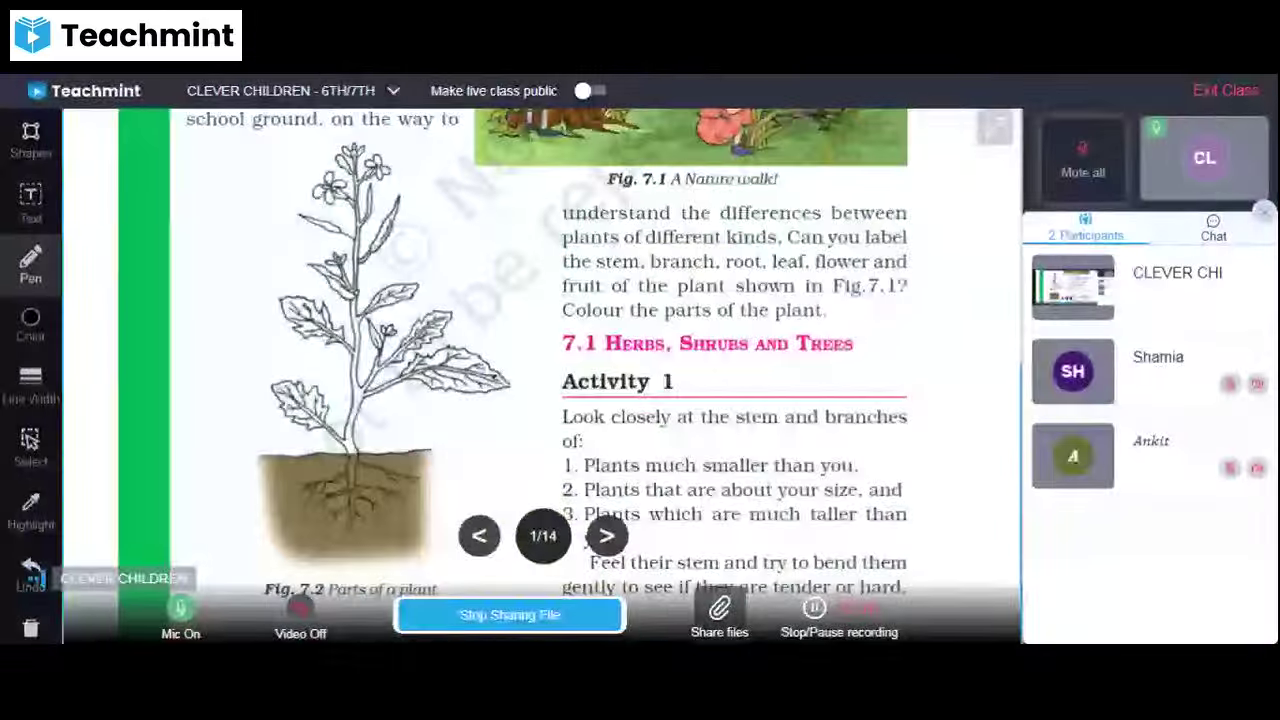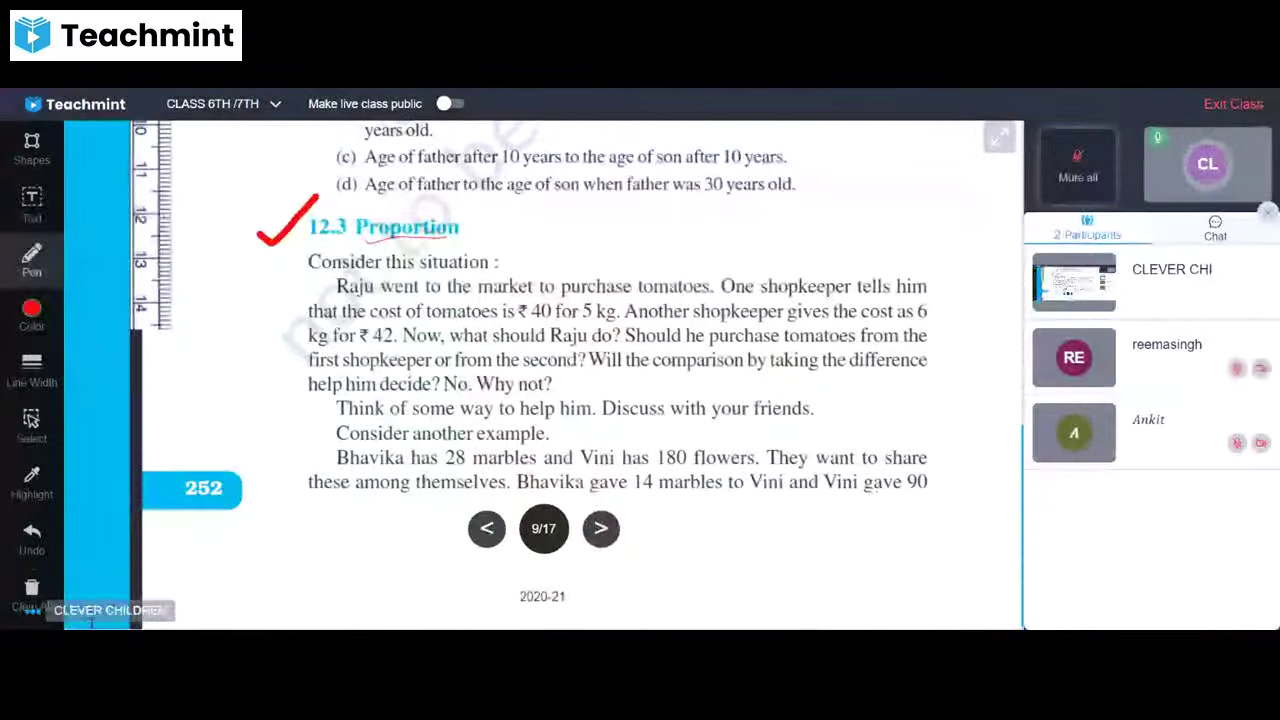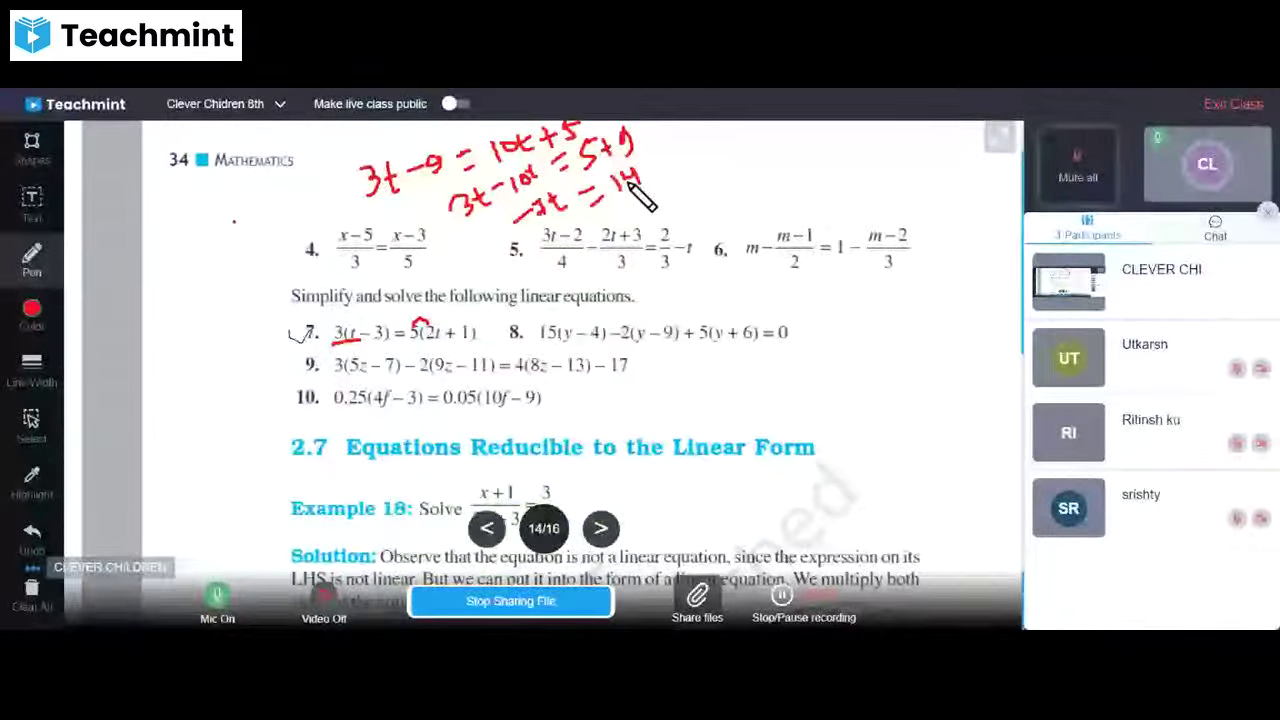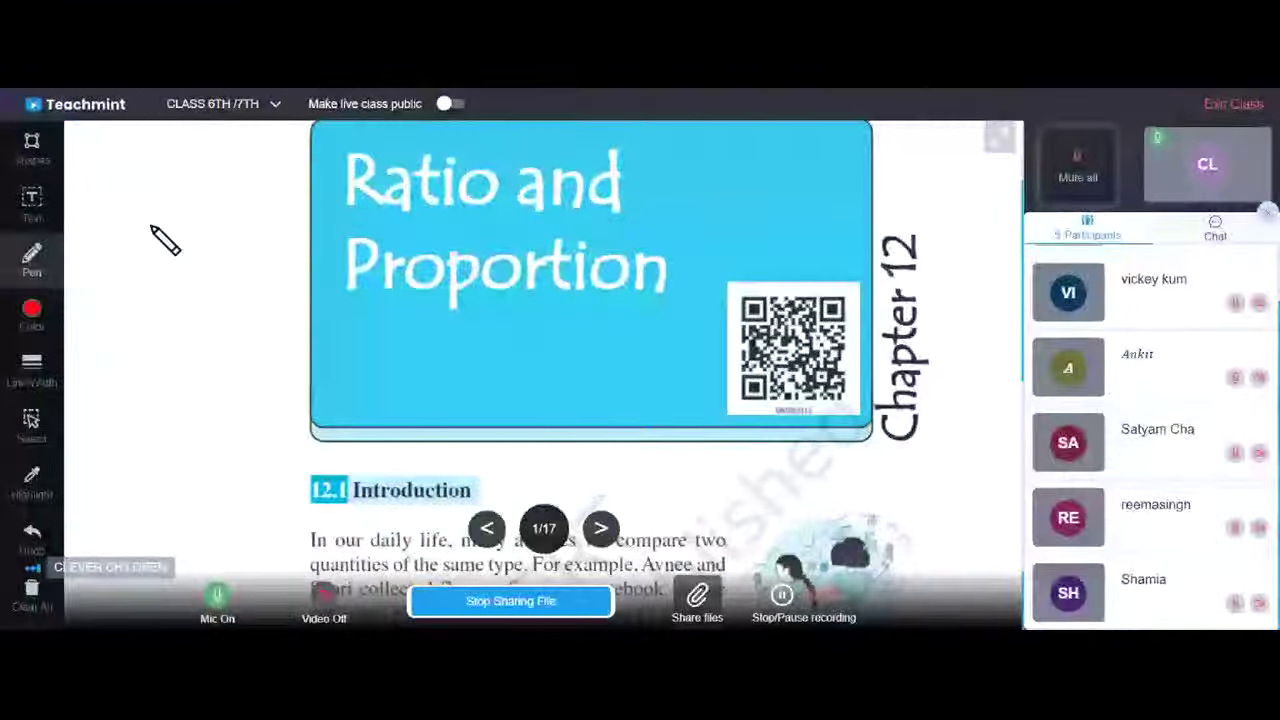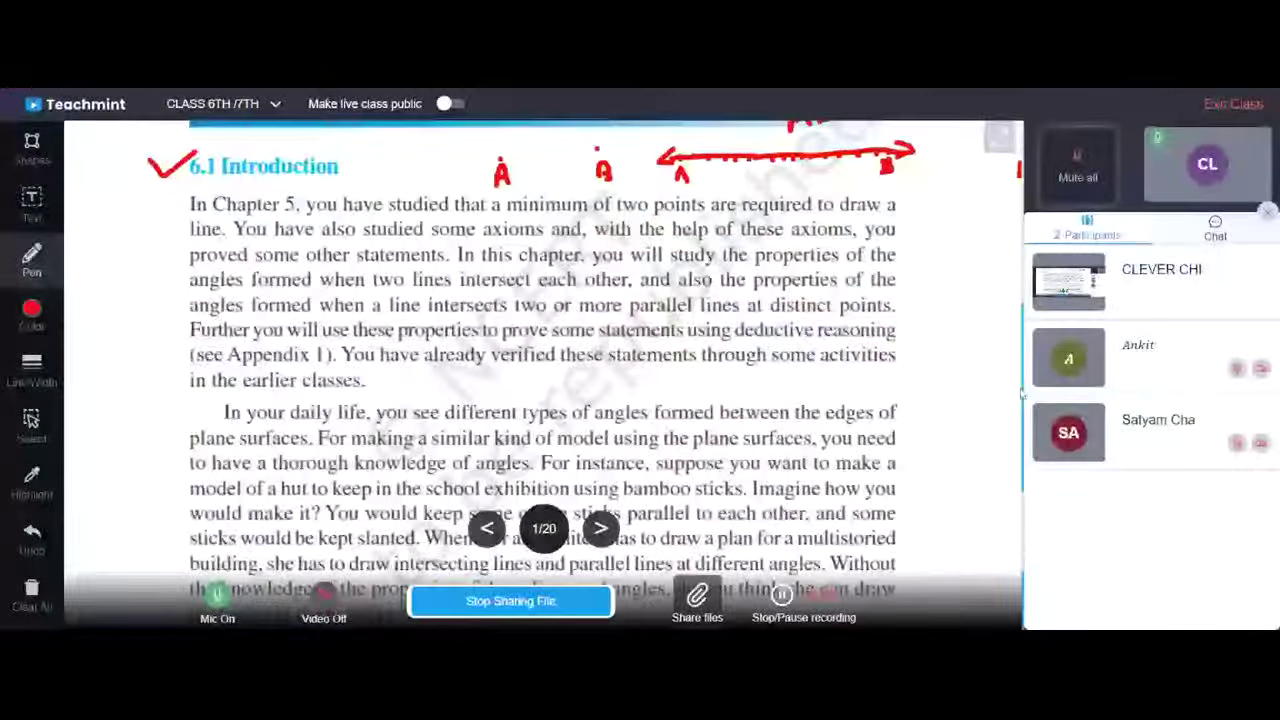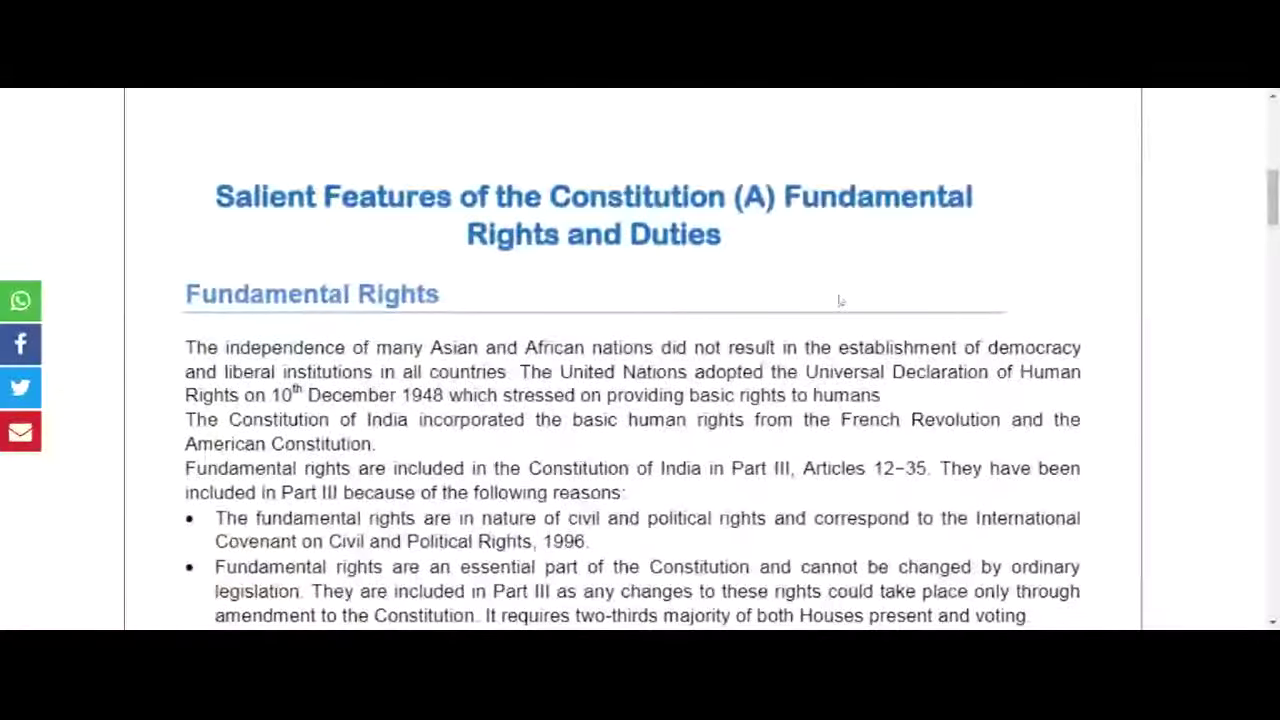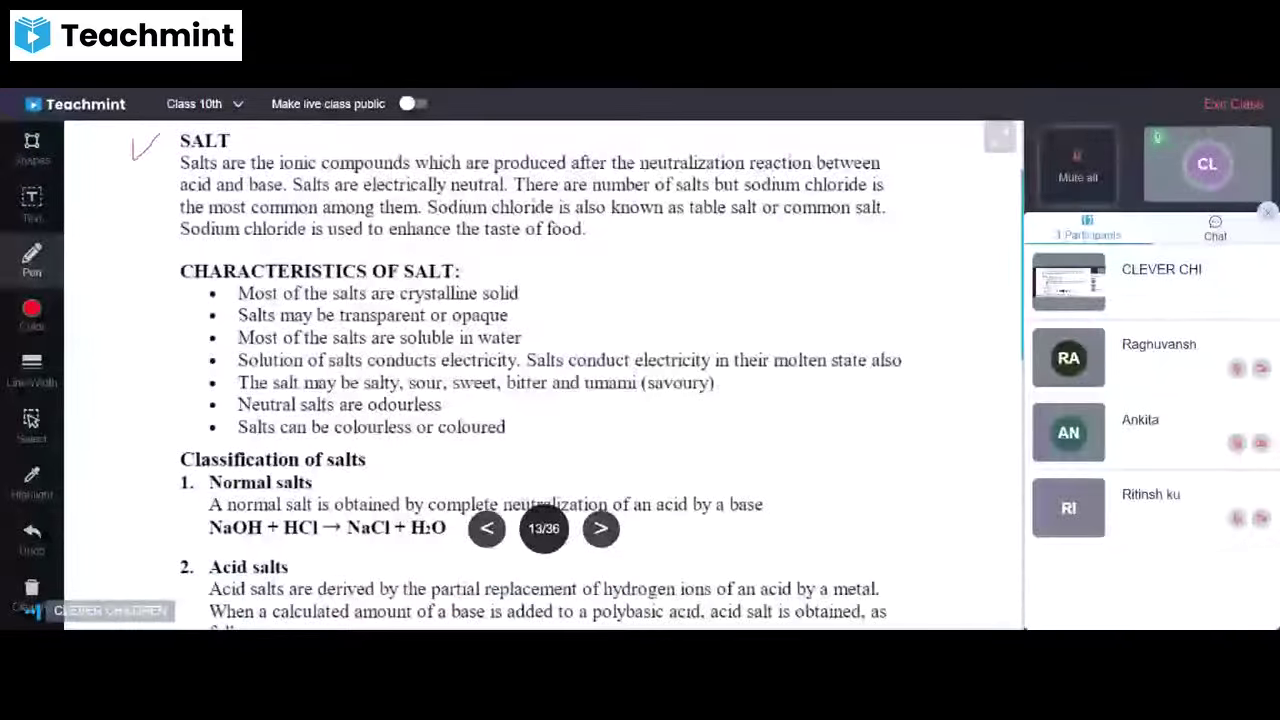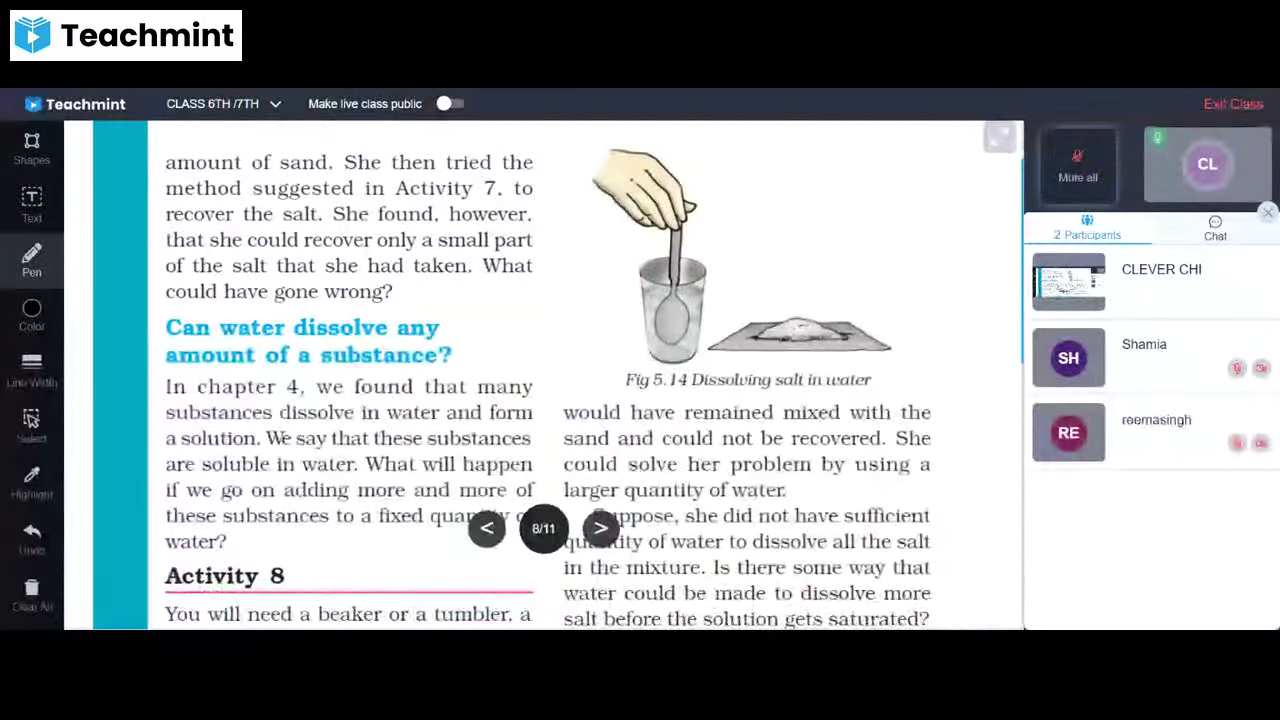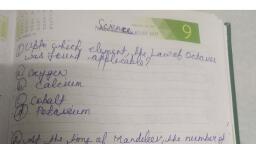Question 2 :
An atom of an element has the electronic configuration 2,8,2. To which group does it belong?
Question 3 :
An element X has mass number 40 and contains 21 neutrons in its atom. To which group of the Periodic Table does it belong?
Question 5 :
What is the order of second period elements based on their metallic nature?
Question 6 :
The atom of an element has electronic configuration 2, 8, 7. To which of the following elements would it be chemically similar?
Question 7 :
Which of the following atomic number elements will form acidic oxide?
Question 9 :
How does non-metallic character change across a period from left to right?
Question 11 :
<img style='object-fit:contain' src='https://teachmint.storage.googleapis.com/question_assets/cbse_ncert/61b19d54273b230584979be2.PNG' />
In the above table, how is the reactivity of C as compared to A?
Question 13 :
What is the order of atomic size of elements of group 17?
Question 14 :
Which one will have the maximum number of valence electrons ?
Question 15 :
Element X forms a chloride with the formula $XCl_2$, which is solid with a high melting point. X would most likely to be in the same group of the periodic table as
Question 16 :
<img style='object-fit:contain' src='https://teachmint.storage.googleapis.com/question_assets/cbse_ncert/61b19d54273b230584979be3.PNG' />
In the above table, how is the size of C as compared to B?
Question 18 :
An element X combines with oxygen to form an oxide XO. This oxide is electrically conducting. What is the formula of the compound formed when X reacts with chlorine?
Question 22 :
What property do all elements in the same column of the Periodic Table as fluorine have in common?
Question 23 :
The element with atomic number 26 will be found in which group?
Question 24 :
Which of the following statements is not a correct statement about the trends when going from left to right across the periods of Periodic Table.
Question 26 :
Which one of the following statements is not correct about the trends in the properties of the elements of a period on going from left to right?
Question 28 :
An element having electronic configuration (2, 8, 2) belongs to which group?
Question 29 :
What property do all elements in the same column of the Periodic Table as boron have in common ?
Question 30 :
The elements A, B and C belong to groups 1, 14 and 17 respectively of the Periodic Table. Which two elements will form ionic compounds?
Question 32 :
The element with atomic number 14 is hard and forms acidic oxide and a covalent halide. To which of the category does it belong?
Question 33 :
Which of the following sets of atomic number belong to that of alkali metals?
Question 34 :
Is it possible to have an element with atomic number 1.5 placed between hydrogen and helium?
Question 36 :
In Mendeleev’s Periodic Table, gaps were left for the elements to be discovered later. Which of the following elements found a place in the Periodic Table later?
Question 38 :
On which side of the Periodic Table do you find the metals?
Question 40 :
What are the elements with different atomic number and same atomic masses called?
Question 41 :
How were the positions of cobalt and nickel resolved in the Modern Periodic Table?
Question 43 :
The amount of energy released when one or more electrons is added to the neutral atom is
Question 45 :
Where would you locate the element with electronic configuration 2, 8 in the Modern Periodic Table?
Question 47 :
Which one of the following statements is not correct about the trends in the properties of the elements of a group on going down in a group?


